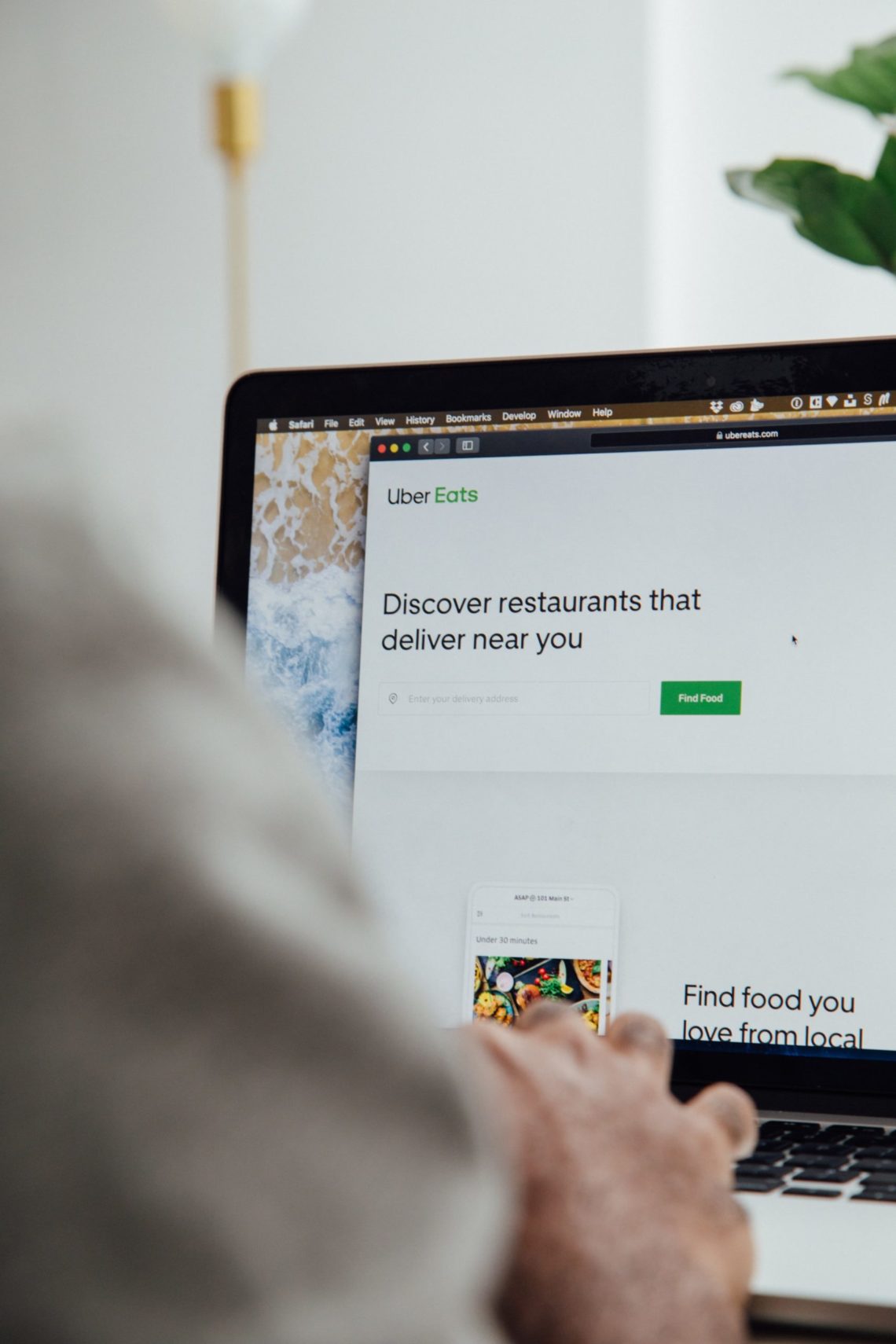Business expansion is a company goal that many organizations across various industries diligently work towards. Restaurants are no exception, with growth being one of the top priorities of many restaurants.
Significant effort goes into expanding a restaurant to make it a key player in the food industry. These strategies are often unclear to many small restaurant owners, but thankfully we’re here to help with some useful insights. Below are some helpful tips for expanding your restaurant.
Leverage existing services.

Nowadays, restaurants looking to expand can significantly benefit from using delivery services popular with hungry customers. For several years now, many customers continue to rely on reputable food delivery apps like UberEats, ChowNow, and Grubhub. Leveraging these existing services is a more cost-effective and efficient way to reach customers, especially if you don’t have an established delivery service. If you decide to use these services, successfully managing your online food orders is vital to guiding your restaurant in the right direction. Efficient restaurant online ordering software brands such as Cuboh can help with this need.
Cuboh is an online food ordering software designed to manage all of a restaurant’s online orders in real-time. They provide restaurants of all sizes with Cuboh tablets, where you can integrate all your online ordering apps and manage orders from these food delivery apps collectively. Cuboh sends all orders to your POS with the click of a button. This restaurant POS system also allows for convenient account management. Menu updates, hour changes, closures, and adding more platforms are all updates that can be done speedily as long as you approve. Cuboh also allows for printer integration so that you can create a personal delivery printing station. What’s more, they remain dedicated to helping restaurants navigate the digital world and are continually working on updates to make online ordering more convenient.
Implement an online ordering system.
As an alternative to using established services, you can also try an online ordering system for your restaurant business. These days, everyone has smartphones, and mobile ordering has become increasingly popular. Consequently, exploit this need for convenience by establishing your own website where customers can easily order food.
You can then integrate a payment portal where customers can quickly pay for your food instead of having to settle payments over the phone or in person. Such a system will allow for faster delivery times during curbside pickup and other delivery options, creating a seamless ordering experience for clients. However, you may need to buy an IP address to ensure that all online transactions are entirely secure, protecting cash and customer data. Reliable IPv4 traders such as IPv4 Brokers can help with these concerns.
IPv4 Brokers buy and sell IPv4 address space to many clients globally. Despite IPv6 slowly gaining ground, IPv4 remains in demand. However, the buying process can be risky and complicated for less experienced clients due to the many rules and policies that must be followed when purchasing these addresses. These brokers take the weight off buyers’ shoulders by reviewing each IPv4 address block for sale to ensure that the address space is clean and verified by the relevant Regional Internet Registry (RIR).
Their specialist understanding of APNIC, as well as RIPE and ARIN policies, allows for quick matching of buyers to the most appropriate sellers in order to accelerate the buying process. IPv4 Brokers negotiate the prices, timings, and laws on clients’ behalf. They also facilitate the escrow accounts for total protection. As such, clients experience better rates on all IPv4 transactions. What’s more, they’re an experienced company, with over 15 years in the data center and network technology space.
Set goals and monitor your team’s collective progress.
For business growth and expansion, goal setting and monitoring the various teams central to your business operations should be a key company objective. Setting goals is essential because it provides staff with tangible ends that must be worked towards, providing a sense of direction. Then, staff must be closely monitored and evaluated to discover how they’re faring towards achieving these objectives.
A restaurant business is no different. From your sales team to delivery guys, everyone central to your business must align with common company goals. Therefore, there must be a practical way to monitor team performance. The OKR framework is an example of a suitable means to keep teams aligned on common goals. OKRs allow teams to articulate and align goals they want to achieve and focus their efforts on measurable outcomes.
Implement a loyalty or reward system.
It’s common knowledge that repeat customers are the foundation of any successful restaurant’s customer base. Therefore, extending customers’ lifetime value is a great way to keep customers coming back and eventually expand your business. The competitive nature of the current market requires strategies that distinguish you from your competitors. Besides high-quality food and good customer service, you can try loyalty programs to appeal to clients.
These reward programs needn’t be anything complicated. You can offer gift cards, promotions, and coupons that offer great discounts or free products that clients would find valuable. These freebies don’t even have to necessarily be expensive. Clients will undoubtedly appreciate little perks like complimentary appetizers, desserts, and drinks, and this customer satisfaction can indeed translate into loyalty over time.
Optimize your menu.
Multiple experts agree that a restaurant’s menu is integral to its operations, so prioritize having an excellent menu for the best results. Your menu items should be strategically organized to allow for easy navigation and interpretation. It would be best if you also had a menu that promotes items you want to sell more of to patrons.
For this, it’s essential to find the right balance between price and popularity. An effective strategy for menu optimization can also be decreasing the food and drink options on the menu. Creating clearer categories and using limited descriptions are all effective ways of making a menu easier to understand. An optimized menu facilitates easy navigation and purchasing and is undoubtedly vital to increased sales necessary for a successful restaurant business.
In conclusion, the food industry is highly competitive, given the numerous choices available to consumers. Nevertheless, with the above-listed points and other helpful strategies, restaurants can still expand to remain competitive in the industry.





